Teaching AI: Exploring New Frontiers for Learning
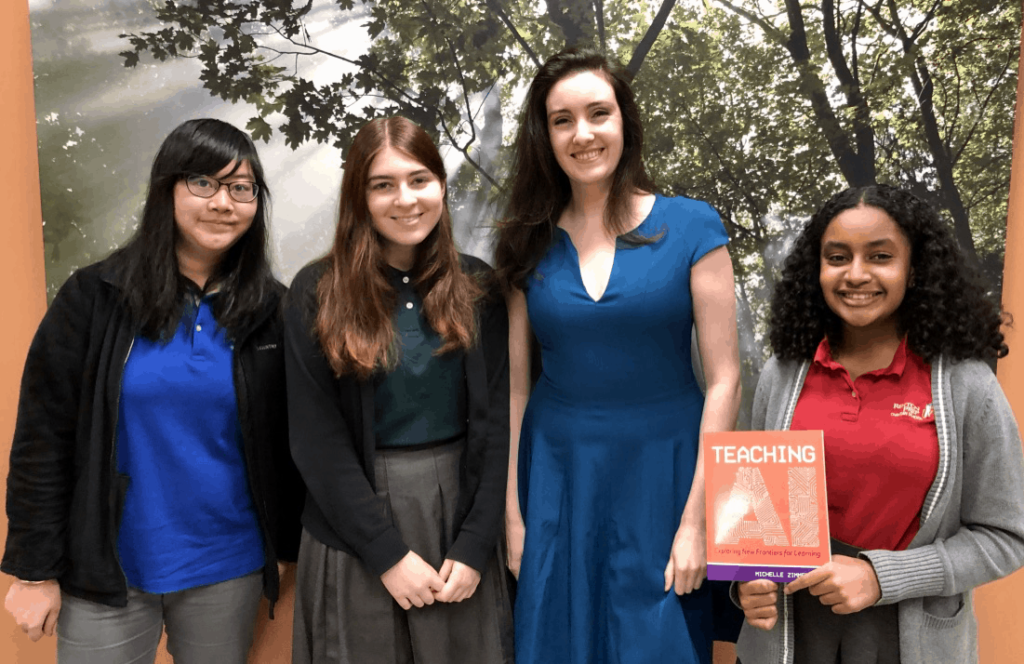
Imagine a small secondary school in a converted city hall next to a library and a park, on a river, in a vibrant urban core. Imagine every student conducting community-connected projects, studying computer science, and graduating from high school with an AA degree.
You’re imaging Renton Prep, a microschool at the south end of Lake Washington in bustling downtown Renton, a suburban Seattle city that is home of the Boeing 737 and the Seahawks NFL training facility.

Michelle Zimmerman (@mrzphd) is the Executive Director of Renton Prep Christian School and Amazing Grace Elementary in Seattle, schools her grandmother started almost 60 years ago.
Like her own hybrid high school experience combining dual enrollment courses and work experiences, Zimmerman created a secondary school where learners engage with integrated community connected projects that prepare them to enroll full time as juniors at local community colleges.
Renton Prep uses Core Knowledge curriculum in middle grades to build content knowledge. Students take more than 20 field trips to explore learning at the intersection of domains.
In 9th and 10th grade, students do more exploration to discover personal strengths and interests. Students “co-design learning in ways that don’t usually happen until graduate school,” said Zimmerman.
Learners at Renton Prep are given opportunities to demonstrate knowledge and skills in multifaceted approaches and Microsoft recently selected the school as the first K-12 Microsoft Flagship School in the U.S.
Teaching AI
A few years ago, Michelle began to see references to artificial intelligence (AI) in popular culture and the media. When she saw more adaptive learning programs being released she realized AI was changing both what young people should learn, as well as how they can learn. In 2016, she began researching AI implications and applications.
She interviewed industry experts on what students should know and be able to do. She scaled that back to elementary school and began incorporating learning experiences for all students.
“Robots are not rapidly taking jobs over, but mindsets need to shift,” said Zimmerman. “It’s not just how to code–machines will take over much of the low-level coding,” added Zimmerman. “The urgency is around collaboration.”
“My views have drastically changed since last October,” said Zimmerman. “It’s not just about learning to code, the ethical implications are much bigger, AI has permeated all fields.”
Zimmerman’s new book, Teaching AI: Exploring New Frontiers for Learning was published by the International Society for Technology in Education (ISTE) with a grant from General Motors to support the development of new resources on AI in K-12 education.
Each chapter opens with a scene featuring diverse settings and characters. Zimmerman connects the dots between seemingly unrelated topics and concludes each chapter with questions for further study.
Zimmerman concludes that the automation economy demands design thinking and project-based learning. Projects and stories of some of her tenth graders, including Sharice Lee, Rhonwyn Fleming, and Afomeya Hailu (featured image) are included.
Bringing in the voices of international educators, Zimmerman provides a practical guide to learning about and teaching with AI. Add this one to your list of books to read in 2019.,$
For more, see:
- What K-12 Students Should Know About Artificial Intelligence
- Why Social Studies is Becoming AI Studies
- Let’s Talk About AI Ethics; We’re On a Deadline
This post was originally published on Forbes.

This post is a part of the Getting Smart Future of Work Campaign. The future of work will bring new challenges and cause us to shift how we think about jobs and employability — so what does this mean for teaching and learning? In our exploration of the #FutureOfWork, sponsored by eduInnovation and powered by Getting Smart, we dive into what’s happening, what’s coming and how schools might prepare. For more, follow #futureofwork and visit our Future of Work page.
Stay in-the-know with innovations in learning by signing up for the weekly Smart Update




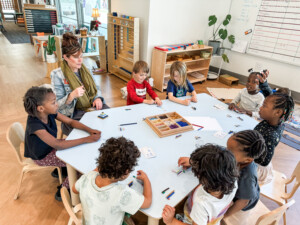
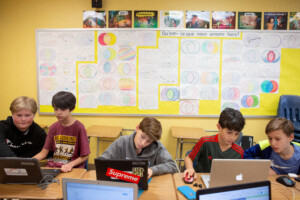
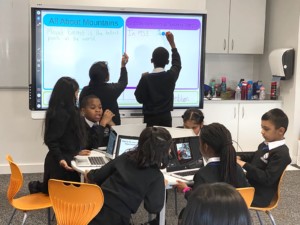
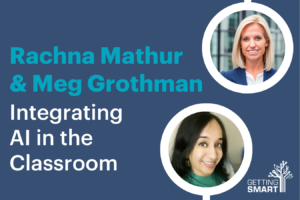
0 Comments
Leave a Comment
Your email address will not be published. All fields are required.